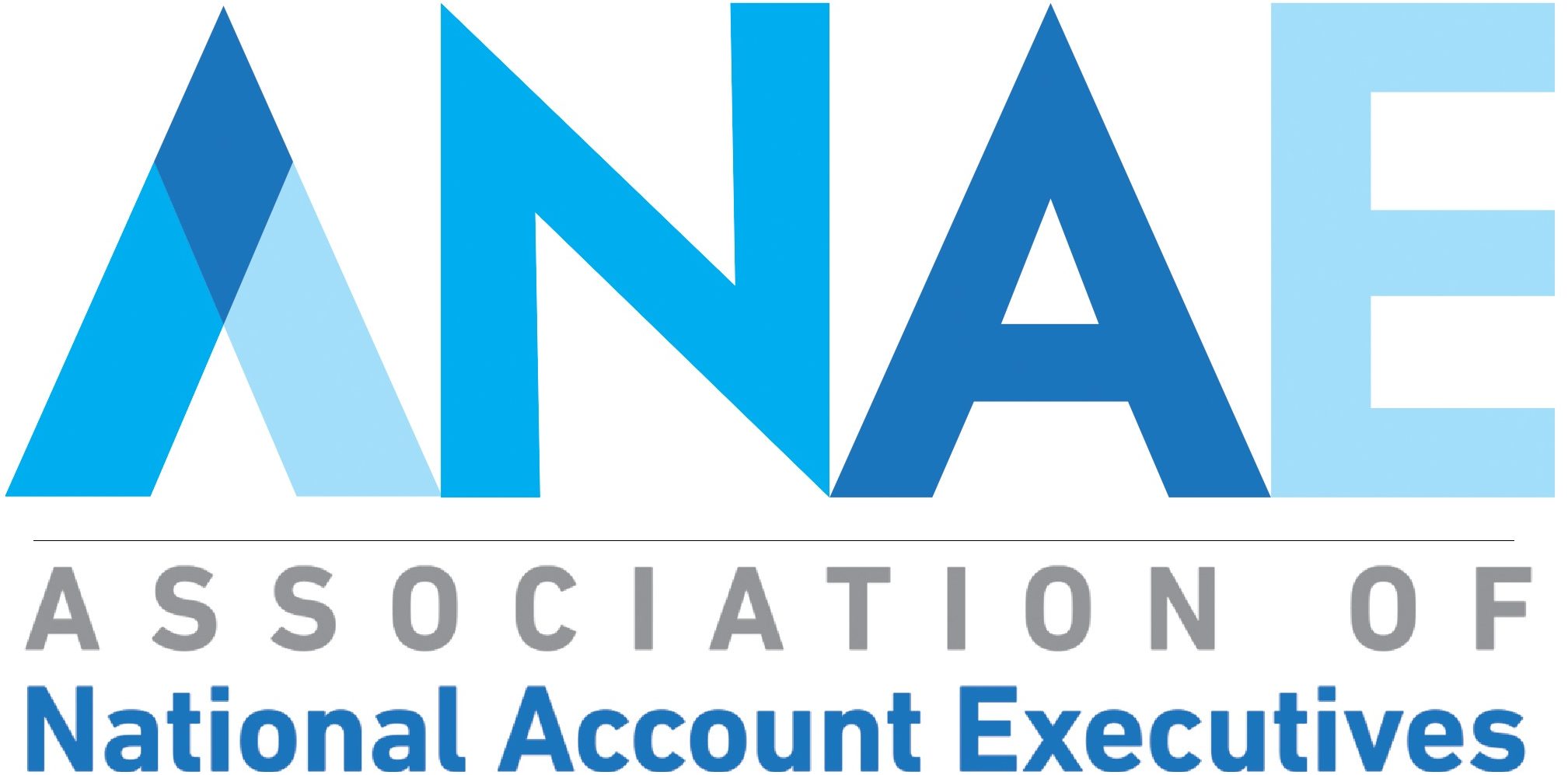- 8 Tactics for Negotiation with GPOs (Group Purchasing Organizations) - July 13, 2021
- Why I am not responding to your email - September 23, 2020
- FAH Conference 2020: Key Takeaways - March 4, 2020
Ever since reading Bitter Pill in Time Magazine, I have noticed the non-profit status of hospitals being questioned across the country, both in trade and mainstream media. This challenges so many of the core tenants I have long believed about healthcare. Whether it is in Chicago, where the city wants hospitals to pay property tax, or in California, where a bill is being introduced mandating a certain percentage of hospital income spent on charity — the non-profits are starting to feel the heat.
Did you know in North Carolina a non-profit hospital has no legal obligation to provide charity care? While they all do to a certain extent, they are not legally obligated to provide even a designated minimum.
It will be interesting to see if this rumbling continues to escalate into a roar.
One thing this scrutiny will do is put a magnifying glass on how non-profits act in their communities. The Charlotte Observer did a lengthy 5-part series on Carolinas Health System covering how much money it makes, its aggressive patient collection practices and the high prices it can command thanks to its high market share.
For years I have been whispered to by Corporate and National Account Executives “How much profit does a non-profit need to make?” This insinuated: “Why do they hammer me on pricing so hard when they make a ton of money on my products but are demanding huge price concessions?” I think this is a fair question for suppliers to ask.
On a macro-economic scale, I worry the non-profit status puts upward pressure on the cost of providing healthcare. Here is my thought process: If a non-profit health system has overages from operation (profits), they must spend it somehow. Most seem to be spending it on infrastructure like new facilities and hospitals. These new facilities then demand increased operating budgets to staff, maintain and operate the now expanding health systems annual operating budget and need for increased patient revenue. This becomes a self-fulfilling prophecy of upward price pressure.
As the reform freight train progresses down the tracks and starts compensating hospitals not just for the volume of services they provide but also on patient experience, maybe the systems will start to spend on products and services that increase the patient’s experience. To me this is a much better option than to expand cost increasing infrastructure!
Thanks for reading this! As always I’d love to hear your thoughts.
